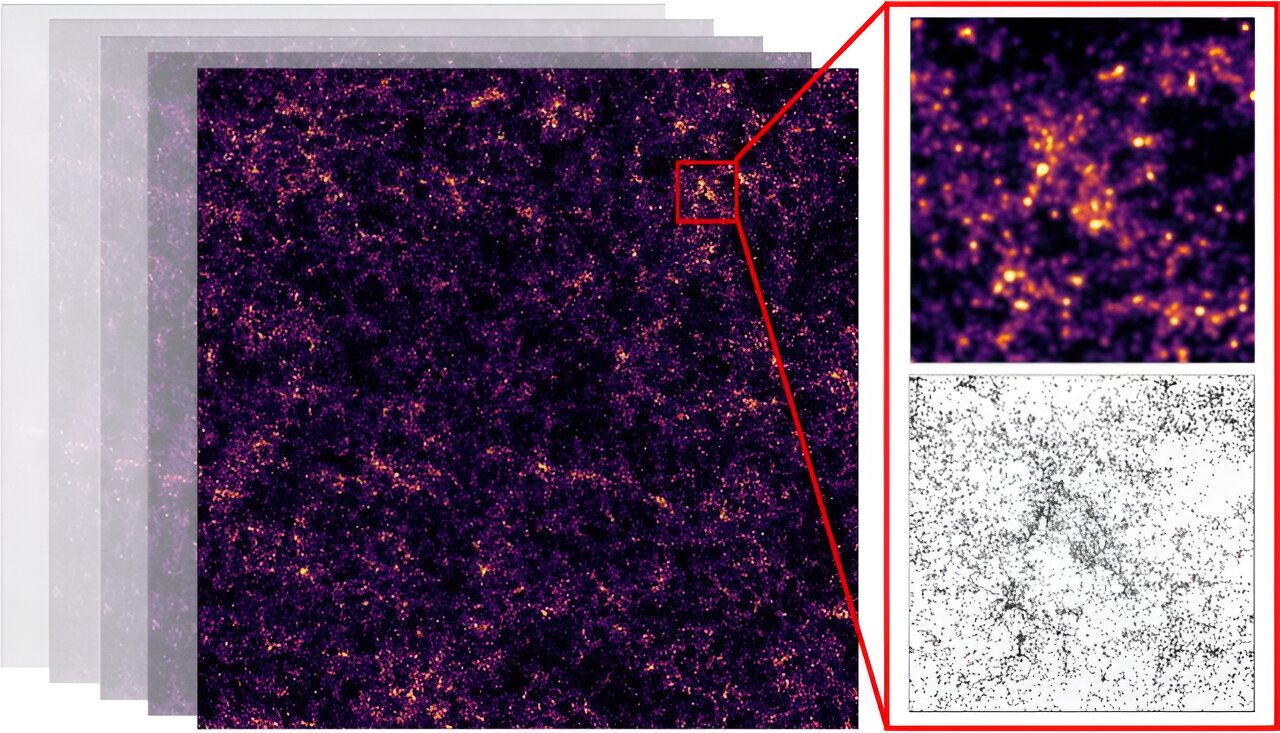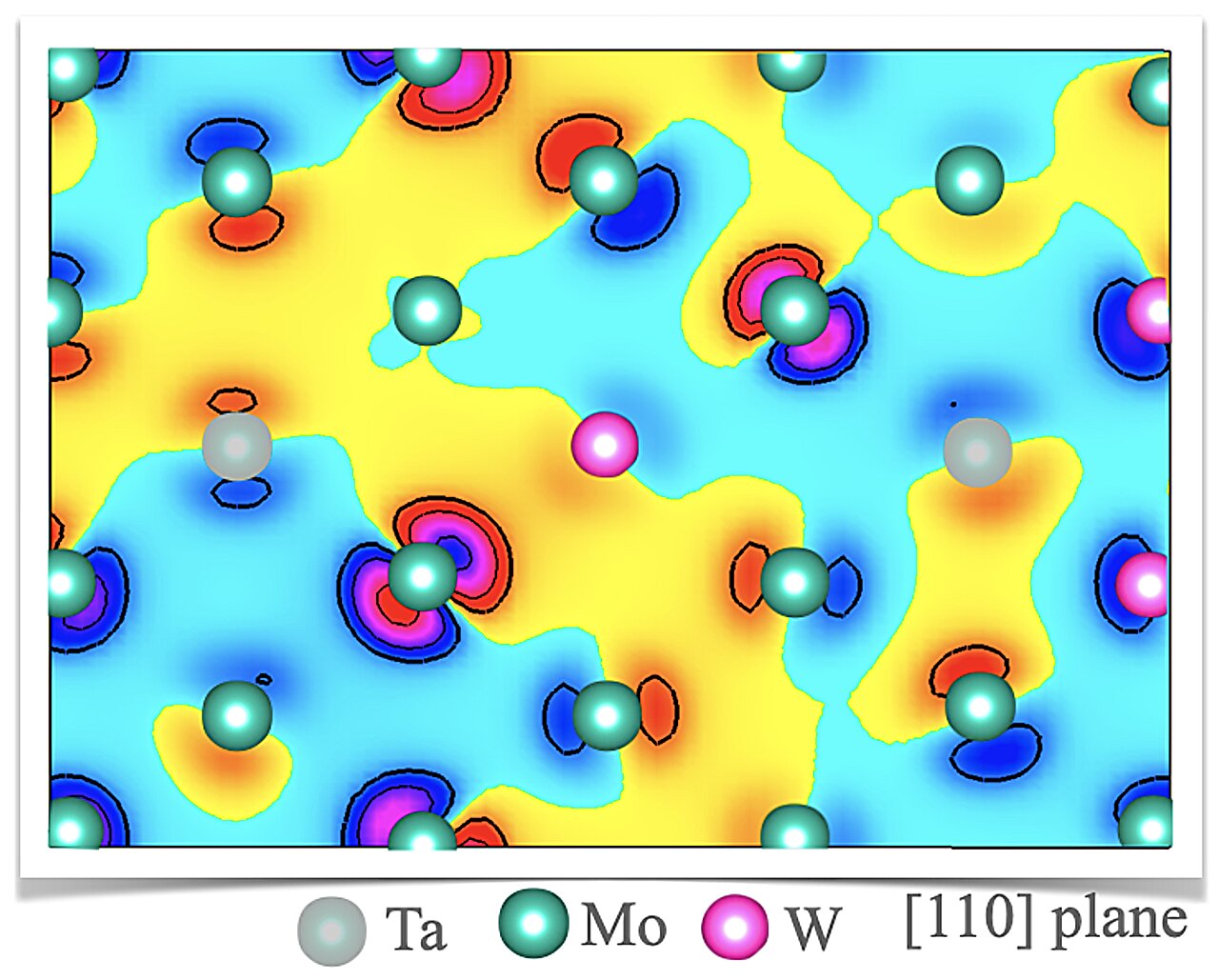Astrophysicists have a powerful tool for understanding the early universe: the cosmic microwave background. This radiation, formed 380,000 years after the Big Bang, provides valuable insights into what the universe was like in its infancy. Additionally, scientists can study the light emitted from nearby galaxies to learn about their distribution and gain further knowledge about dark energy, dark matter, inflation, and neutrinos.
“How clumpy matter is in the universe tells us all sorts of interesting physics,” said Kirit Karkare, associate scientist at the Department of Energy’s SLAC National Accelerator Laboratory. Karkare, along with his colleagues at Stanford University and the SLAC/Stanford Kavli Institute for Particle Astrophysics and Cosmology (KIPAC), is developing a new technique called line intensity mapping (LIM) to observe galaxies that are too far away for traditional surveys.
LIM uses a low-resolution telescope to study the sum of radiation emitted from a collection of galaxies, resulting in smeared images compared to traditional galaxy survey images. However, these smeared images still contain all the relevant cosmology and physics information. By combining these images with the color of the light, astrophysicists can map the clumpiness of the universe in three dimensions.
The South Pole Telescope Summertime Line Intensity Mapper (SPT-SLIM), a new instrument being developed by Karkare and his team, will feature 18 mini spectrometers printed onto a silicon wafer. These miniature detectors will maximize sensitivity and allow for the detection of faint millimeter-wave light from distant galaxies. The team plans to install the detectors in the South Pole Telescope, taking advantage of Antarctica’s ideal conditions for millimeter-wave measurements.
Once SPT-SLIM proves successful, the team aims to scale up to a larger instrument with ten times the detector count, potentially reaching galaxies formed 500 million years after the Big Bang. This advancement in observational techniques will provide a more precise and accurate understanding of the universe’s evolution and contribute to the field of cosmological physics.
SPT-SLIM is not only a scientific endeavor but also a tribute to the late University of Chicago astronomer Erik Shirokoff, whose lab inspired the concept for this instrument. Deploying SPT-SLIM is a way to honor his legacy and continue pushing the boundaries of astrophysics.








